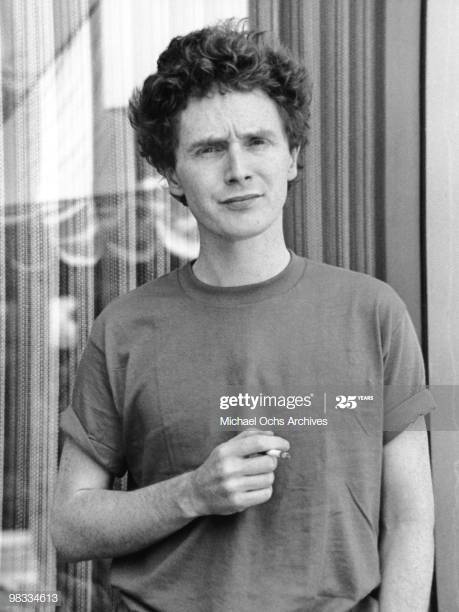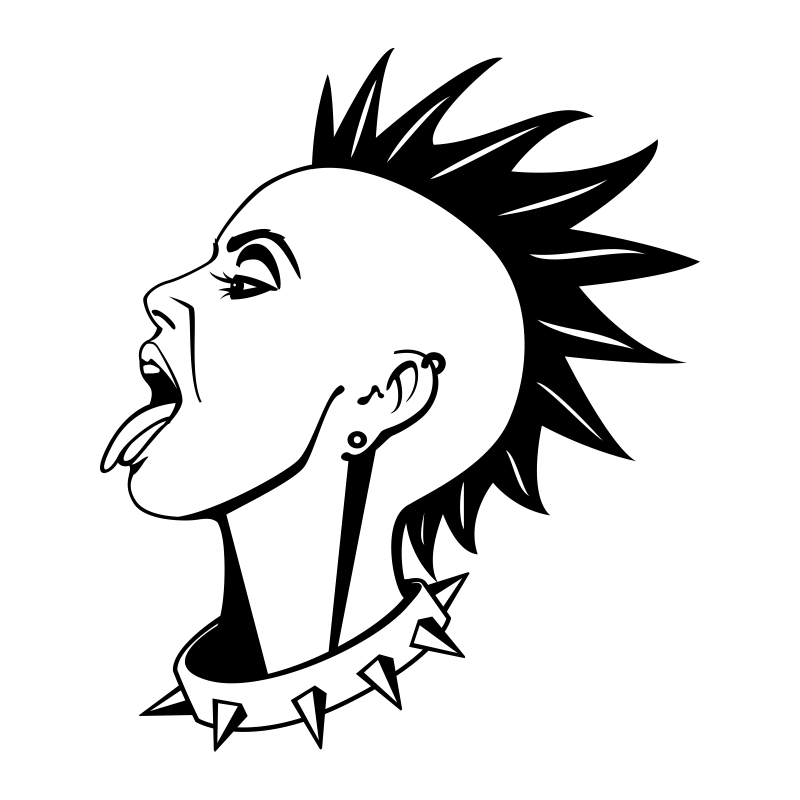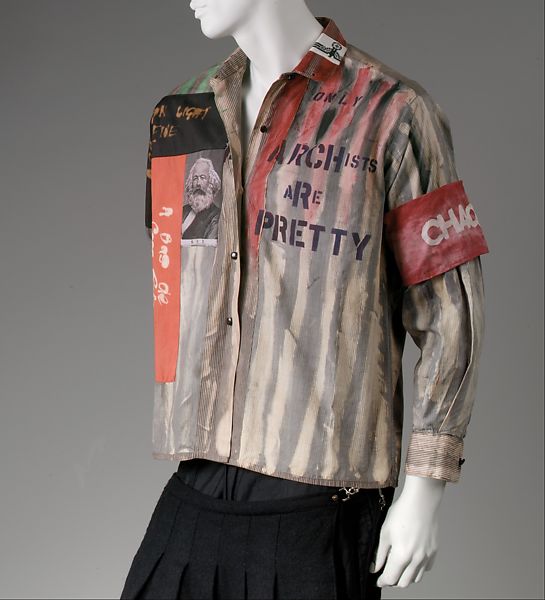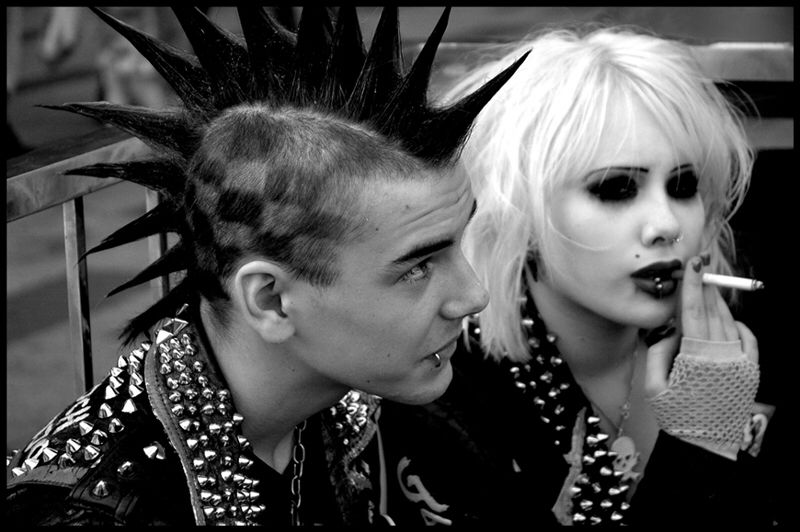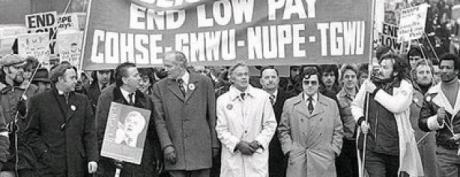NOTE: hover over words in blue for additional information
PART 1
Music
Punk Rock was a reaction both to the commercialization of Rock and Roll and to the social climate in late 1970s Britain.
By the mid-1970s, the live performances of many successful Rock and Roll bands had moved to larger and larger venues. “Stadium Rock” invited tens of thousands of fans to sit and watch bands perform, often from a great distance, and often accompanied by elaborate staging, massive banks of equipment, sometimes extravagant costumes, and virtuosic solos. Bands such as Led Zeppelin, Journey, Queen, Yes, and Emerson, Lake & Palmer led the field, commanding increasingly hefty ticket prices along the way.
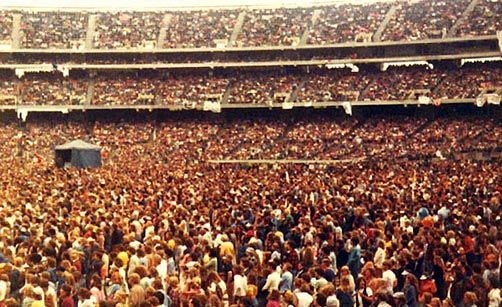
Thousands of people attending a Led Zeppelin concert in 1977, image from pinterest.com
The reaction against this trend began in Britain with the Pub Rock movement, which summoned a return to the raw sound of Rock and Roll and a move away from a growing commercialism. Musicians such as Graham Parker, Elvis Costello, Nick Lowe, and Joe Strummer (later of the Clash) played in bands that appeared in small pubs where they could easily interact with their audiences — much as the Beatles had done in their early days in Liverpool and Hamburg.
The Pub Rock movement helped pave the wayfor the emergence of Punk, which put audience participation back at the center of the whole enterprise. Like Pub Rock, Punk provided an aggressive retort to Stadium Rock and the commercial elements of 1970s Rock and Roll. Bands such as the Sex Pistols and the Clash performed at small, dingy clubs in which the divide between artist and spectator disappeared. The audience was no longer made of spectators worshipping their idols from afar, but active participants whose collaboration was essential to the whole project.
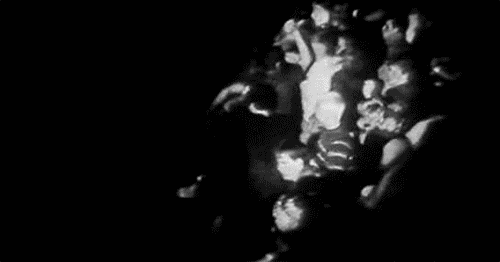
Hover over image to see slam-dancing, animated image from rebloggy.com
So-called “slam-dancing” even found the boundary between stage and dance floor shattered as fans moved amongst the bands.
TEST YOURSELF
QUESTIONS ON PART 1
1. Who was Malcolm McLaren?
2. When was Punk Rock born?
3. What did it react against?
4. Is it true that Rock and Roll concerts became cheaper because of larger audiences?
5. Write the names of three famous Rock and Roll bands from this period.
6. What did Punk Rock bands want to go back to?
7. Write the names three famous Punk Rock musicians.
8. Why are The Beatles an example for these musicians?
9. How did Pub Rock help Punk Rock?
10. What are the main differences between Pub Rock and Punk Rock?

Joe Strummer
![]()
